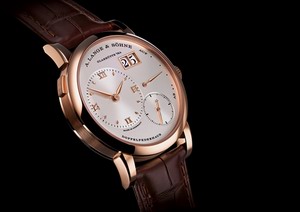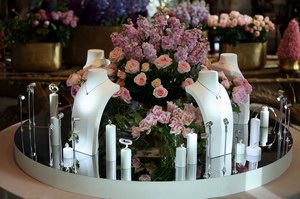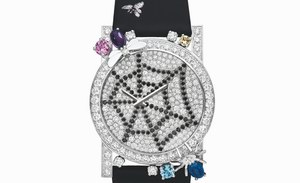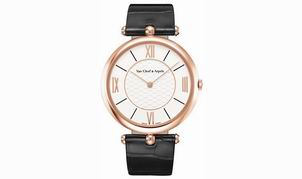Luxury fashion brands are going green. But why are they keeping it a secret?
文章导读
Luxury fashion brands are going green. But why are they keeping it a secret。The quiet changes at Kering and LVMH are laudable, experts say. But with its rapt audience of tastemakers and innovators — and its unique ability to create markets where none existed — luxury could do so much more.

Gucci creative director Alessandro Michele put on a whimsical, eclectic show for his first resort collection in June. Behind the scenes, the company is focused on green production. (Richard Drew/AP)
Gucci is having a renaissance. After years in the doldrums, the 94-year-old fashion house is again the star of glossy magazine spreads, its collections coveted by couture aficionados and celebrities, thanks to the eclectic runway shows masterminded by new creative director Alessandro Michele . Last month, its new boutique opened at CityCenterDC featuring storage units that resemble elegant steamer trunks and expansive tables designed to hold a trove of costly handbags. Lots of handbags. Because at its core, Gucci is an accessories label built on shoes and purses.
And that’s a problem. Not for the company’s bottom line, but for the environment.
Robin Givhan is a staff writer and the Washington Post fashion critic, covering fashion as a business, as a cultural institution and as pure pleasure.
Shoes and handbags mostly depend on leather. And cattle ranching consumes mass quantities of natural resources — from land to water. Traditional leather tanning uses heavy metals, most notably chromium, and the resulting waste is a health hazard. And PVC, another favored component in bag-making, is also an environmental contaminant.
So with little fanfare, this nearly $4 billion business has been making changes. The handbags — namely the trendy $2,400 flower-bedecked Dionysus shoulder bags stitched from the signature GG Supreme canvas print — now use polyurethane in their design rather than PVC.

The Dionysus shoulder bag from Gucci. You wouldn’t know it, but the handbag is actually an example of green — or sustainable — fashion. (Cosimo Sereni/Gucci S.P.A.)
But the marketing doesn’t highlight the switch; only the vaguest reference on the Gucci website notes that it is produced using an “earth-conscious process.”
The new green sensibility of Gucci represents the changing philosophy of its parent company, Kering — one of the largest luxury conglomerates in the world — and the luxury industry in general, including the biggest behemoth of them all, LVMH Moet Hennessy Louis Vuitton. But Gucci’s reluctance to make that shift evident — let alone exciting or sexy for its consumers — highlights the unsettled relationship between the luxury business and eco-fashion.
The quiet changes at Kering and LVMH are laudable, experts say. But with its rapt audience of tastemakers and innovators — and its unique ability to create markets where none existed — luxury could do so much more.
If top-tier brands buffed, glossed and shared the story of how they responsibly manufacture products, they could even make eco-friendly as covetable as a designer logo — and transform the culture’s entire view of manufacturing that is good for the environment.
关键词: Kering | LVMH | Gucci | Luxury brands | fashion brands
免责声明:
本文仅代表作者/企业观点,与【风尚中国】无关。其原创性以及文中陈述文字和内容未经本站证实,对本文以及其中全部或者部分内容、文字的真实性、完整性、及时性本站不作任何保证或承诺,仅供读者参考,并自行核实相关内容。
【风尚中国】刊载此文出于传递更多信息之目的,并不意味着赞同其观点或证实其描述,也不代表本网对其真实性负责。
如因作品内容、版权和其它问题需要同本网联系的,请在30日内进行;新闻纠错: edit#fengsung.com








